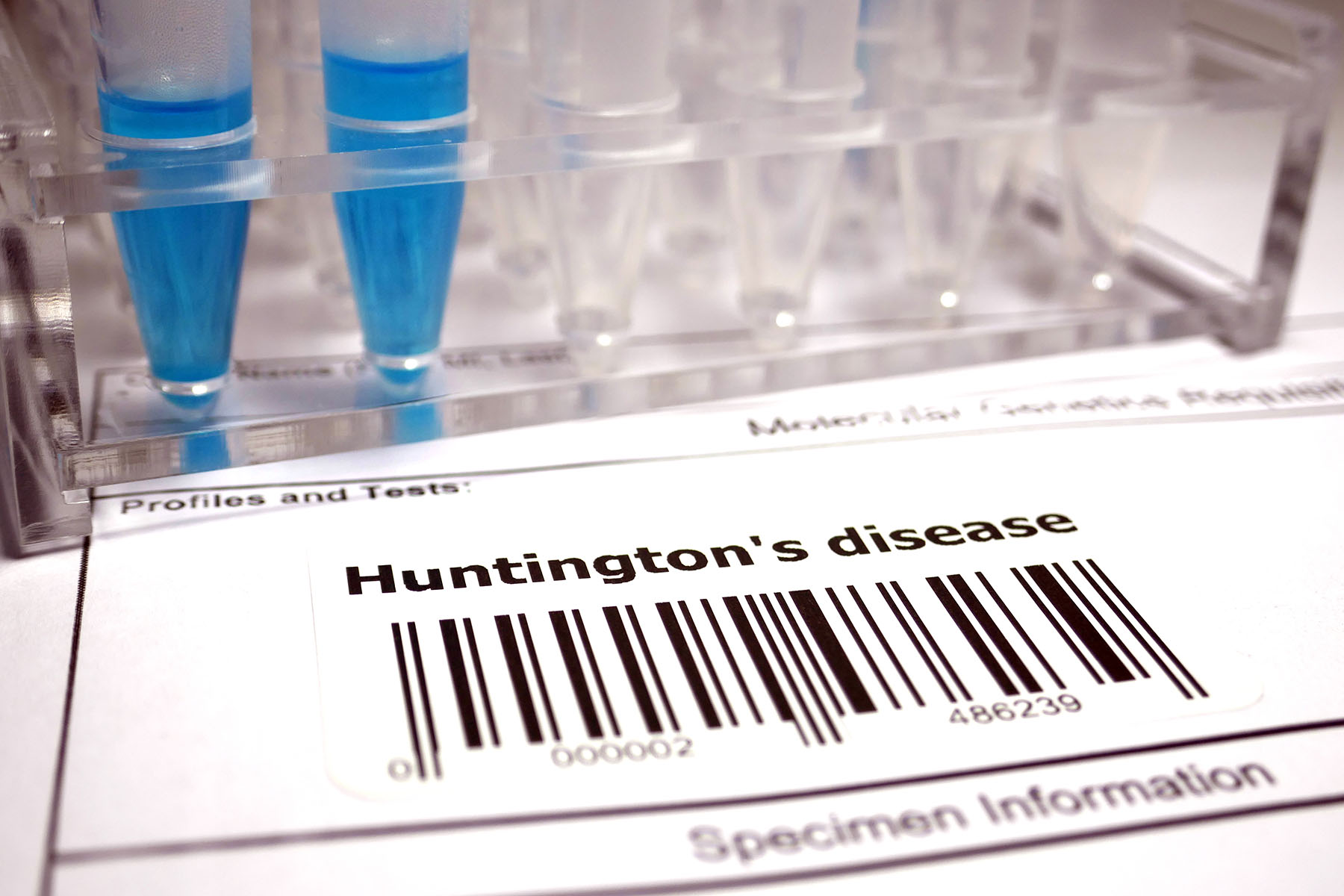Is Huntington’s Disease Curable?

Huntington’s disease is a genetic brain disorder, where the nerve cells in a person’s brain break down over time. It affects approximately 30,000 Americans.
While no cure exists, fruit flies may hold the key to treatment.
Researchers at the University of Miami Miller School of Medicine used a fruit fly, or Drosophila, model in a study aimed at developing a new treatment strategy for the neurodegenerative disease. They found that an enzyme in the fruit fly, called Nmnat, has a potential role to play in treatment development for Huntington’s disease.
Why use fruit flies?
Fruit fly and human brains have many characteristics in common, says Dr. R. Grace Zhai, associate professor of molecular and cellular pharmacology.
“This model has helped us understand how the basic maintenance functions for neurons decline with age, disease or genetic disorders,” says Dr. Zhai. “We have known the buildups (of Htt) become larger and more numerous with age, resulting in multiple neurological problems (including Alzheimer’s disease and Parkinson’s disease).”
How does Huntington’s affect the body?
Huntington’s disease symptoms include involuntary movements, as well as cognitive and emotional problems. These are followed by gradually increasing difficulties in walking, talking and swallowing. Usually, symptoms develop in people aged 30 to 50. But, in rare cases, they may appear as early as age two — or as late as 80.
These symptoms occur when the brain’s neurons become vulnerable to toxic accumulations of the huntingtin mutation, otherwise known as Htt, and eventually, die.
At the basic level, preventing Huntington’s disease requires lessening the build-up of the huntingtin protein. But the medical community doesn’t have a way to do that just yet. That’s where the Nmnat enzyme comes into play.
“We discovered the neuroprotective role of a cellular ‘housekeeping’ enzyme (Nmnat), in alleviating disease progression,” she says. “We found that buildups of Htt become increasingly ‘sticky’ with age and trap essential components in the neurons. Nmnat helps to reduce that Htt accumulation and provides a surface coating against that stickiness, resulting in an immediate improvement in the neuron’s functioning.”
After degenerative symptoms begin in the brain, increasing Nmnat levels can significantly slow disease progression, even in late stages of the disease, the study says.
“Our next step will involve screening drugs and compounds that could potentially increase Nmnat or enhance its ability to reduce the Htt aggregations that build up in Huntington’s disease,” she says.
The study, “Nmnat Restores Neuronal Integrity by Neutralizing Mutant Huntingtin Aggregates-Induced Progressive Toxicity,” was published online Sept. 4 in the journal Proceedings of the National Academy of Sciences (PNAS).
Originally written by Richard Westlund, InventUM
